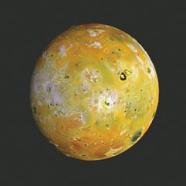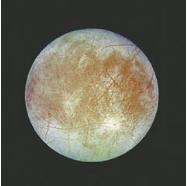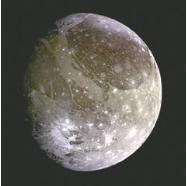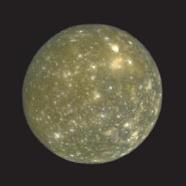The Planet Jupiter
Jupiter was given its kingly name because it is consistently the brightest Planet in the sky, and unlike Venus, it can be seen throughout the night. It is just a coincidence that Jupiter turned out to be our largest Planet.
Galileo became the first scientist to study this Planet early in 1610. It was his observations of the revolution of Jupiter’s four brightest moons that validated the heliocentric or Sun-centered concept of the Solar System. In his honor, these four moons are called the Galilean moons.
Jupiter is the largest of the four Gas Giants, namely Jupiter, Saturn, Uranus and Neptune. The Gas Giants do not have a familiar surface like the Earth and other Terrestrial Planets. They are mainly balls of hydrogen gas, creating enormous pressures that increase with depth, eventually turning the hydrogen into a liquid. And because Jupiter is so large, near its core, the liquid hydrogen is finally compressed to make “solid” metallic hydrogen.
Jupiter is almost synonymous with the Great Red Spot, a giant hurricane-type cloud structure located at the South Equatorial Belt. Its width is about 14,000 miles (22,500 km) and wind speeds top 270 miles/hour (435 km/hour). The “eye” has been a feature of this Planet since it was noticed around 1665. It is thought that this vortex could dissipate but it would probably form again. The spot itself is higher than surrounding clouds. Its “color,” size and shape do vary.
In July of 1994, comet Shoemaker-Levy 9 slammed into Jupiter’s atmosphere, creating dark patches in the clouds. This collision provided direct evidence that Jupiter may have served as a “cometary magnet” during the early evolution of our Solar System, sparing Earth from huge impacts and giving life the chance to develop.
Locating & Observing Jupiter
This amber jewel is easy to find in the sky because it is always bright and prominent. It shines boldly above magnitude –2 most of the time (Remember, Sirius, which is the brightest star in the sky, shines at magnitude –1.4). Jupiter varies little in size and magnitude compared to some of the other Planets. The What’s Out Tonight? monthly star charts indicate Jupiter’s position and magnitude but you can follow its movement with any planetarium software program.
Jupiter is best observed in a telescope with magnifications ranging from 50x to 200x, depending on the turbulence in the Earth’s atmosphere. At 50x, you will be able to easily see the four Galilean Moons and at least two of the cloud belts. The Great Red Spot might be harder to discern because it has become pale in color, blending in with the surrounding cloud belts, and sometimes the spot is on the other side of the planet.
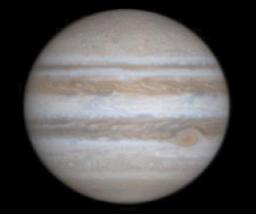
This is a fair representation of what Jupiter looks like through a moderate size telescope on an exceptionally clear night. However, the two darker thick bands are visible in any size telescope. They are called the North and South Equatorial Belts. The thinner belt above the North Equatorial Belt is usually visible and is called the North Temperate Belt. Lately, the Great Red Spot has not been as “red” as shown in this picture, but paler, making it harder to discern.
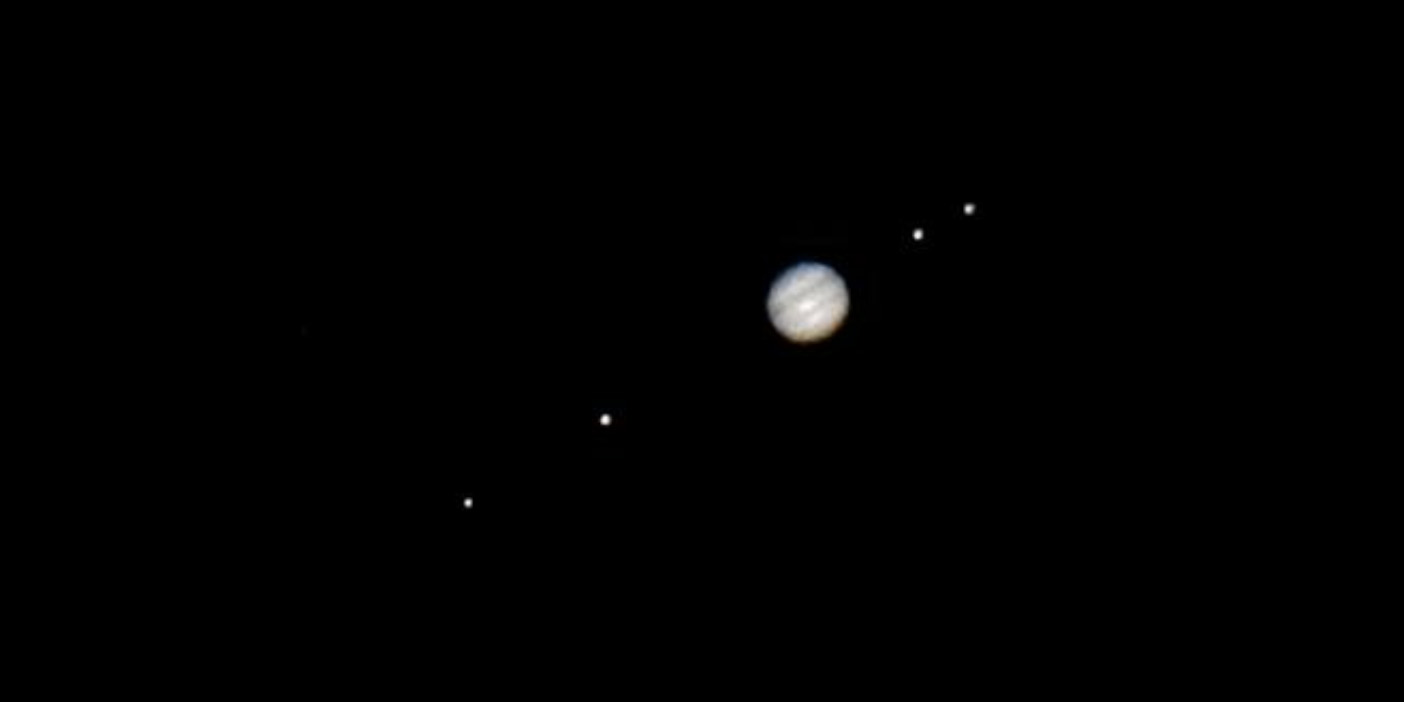
This is a good representation of what Jupiter looks like through a telescope at 100x. Often, the air is turbulent and so the “surface” of Jupiter is not very sharp but you can almost always see the two darker parallel bands. The four Galilean moons in this image are in a line but sometimes show pretty geometric patterns. And, there are other times when only 3 or even 2 are visible because one could be behind Jupiter or even in front, sometimes casting a small round shadow.
